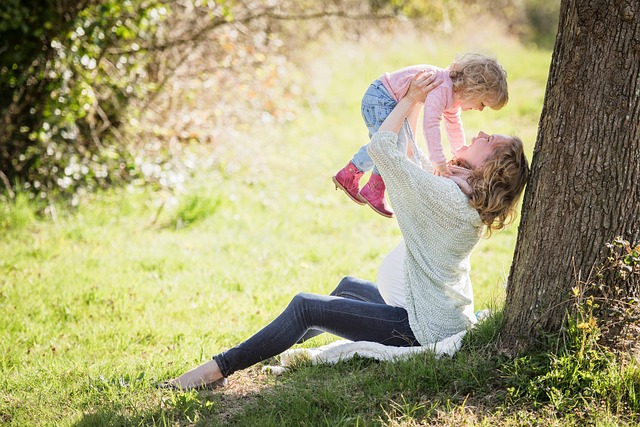As our little one began to explore the world, scooting and rolling closer to crawling, I found myself diving deep into the realm of baby-proofing. I turned to countless blogs, books, and Pinterest boards for every piece of advice I could gather. Outlet covers quickly became a staple throughout our home. Cabinet and drawer locks were installed to prevent our curious child from accessing harmful cleaners or sharp utensils. We secured the oven, fridge, washer, dryer, and even the toilet. Cords from lamps and blinds were tucked away, and baby gates were strategically placed at the tops and bottoms of stairs, in kitchen doorways, and maybe even in every doorway just to be safe. Everything was anchored to the walls, and bumpers were added to sharp corners on furniture. Glass items? They were packed away until our kids were in college.
While these precautions are certainly wise and can offer parents a semblance of peace as their little ones begin to waddle around, it’s crucial to remember that babies are natural-born explorers and potential hazard creators. No amount of safety equipment purchased from your local store can completely shield your home from the inventive danger-seeking behavior of toddlers. Even with all the precautions, they will find ways to wreak havoc on your carefully organized space and disrupt your day-to-day routine.
To genuinely baby-proof your home, you need to get down on all fours and view your surroundings through your child’s perspective. Turn it into a fun challenge with your partner, brainstorming ways everyday items could pose risks. You might be surprised to find that your remote control has buttons that can be chewed off and swallowed—perhaps it’s time to part with it. And while you’re at it, consider giving up the television too; screens can distract from real-life interactions.
If you have pets, consider relocating the litter box to a high shelf, far from tiny hands eager to explore. To protect your baby from scratches while they teethe on a furry tail, you might want to outfit your dog with mittens. And if your dog could learn to drink from a straw, you could cover the water bowl to keep your baby from splashing around in it like it’s a pool party.
As for toilet paper? Ditch it in favor of a stylish bidet. Otherwise, you’ll find it perpetually unraveling like a scene from a college dorm party. But don’t forget to secure that bidet too, as babies seem to have a knack for discovering locked treasures!
Replace your kitchen chairs with higher tables—ideally at standing-desk height—and consider getting rid of all chairs altogether. They are merely ladders waiting to happen. You’ll quickly learn the pitfalls of leaving tempting items like ant traps within reach as your child figures out how to scale surfaces, leaving sticky chaos in their wake.
Lay down foam padding wherever your child might fall, whether from beds, sofas, or even bookshelves. Consider wrapping padding around door frames to prevent inevitable bumps and bruises as they race from room to room. And if you’re feeling particularly adventurous, you might want to widen your doorways to accommodate a protective bubble wrap layer for your little one.
Additionally, stock up on Band-Aids and antibacterial ointment for those inevitable scrapes and bruises. It’s all part of the joyous journey of parenthood.
For more insightful tips on family planning, you might want to check out this excellent resource on artificial insemination. If you’re considering starting your journey to parenthood, you can also explore the Impregnator at Home Insemination Kit for helpful guidance. And to further your knowledge on baby-proofing, take a look at this in-depth article that covers the topic extensively.
In summary, baby-proofing is more than just buying products—it’s about understanding your child’s perspective and creatively addressing potential dangers in your home. Good luck on this thrilling adventure of parenthood!
